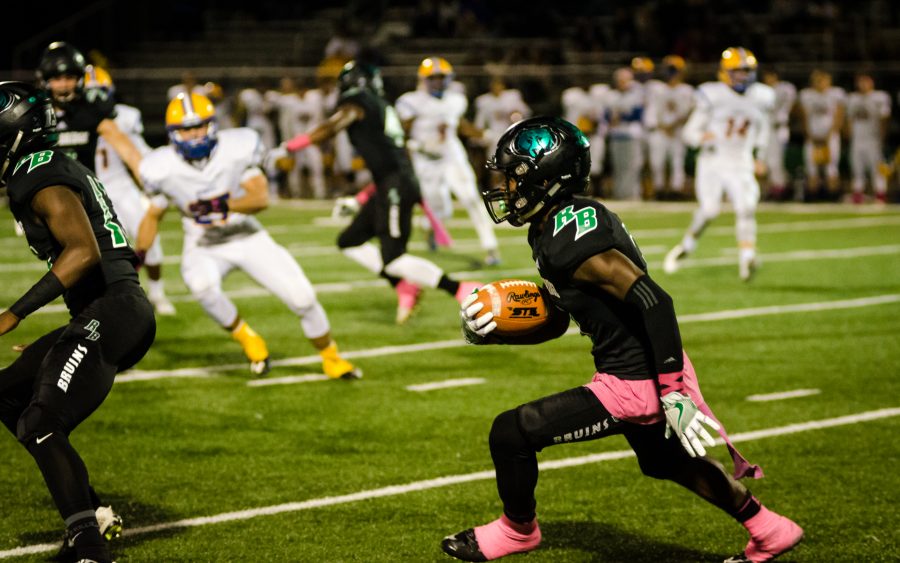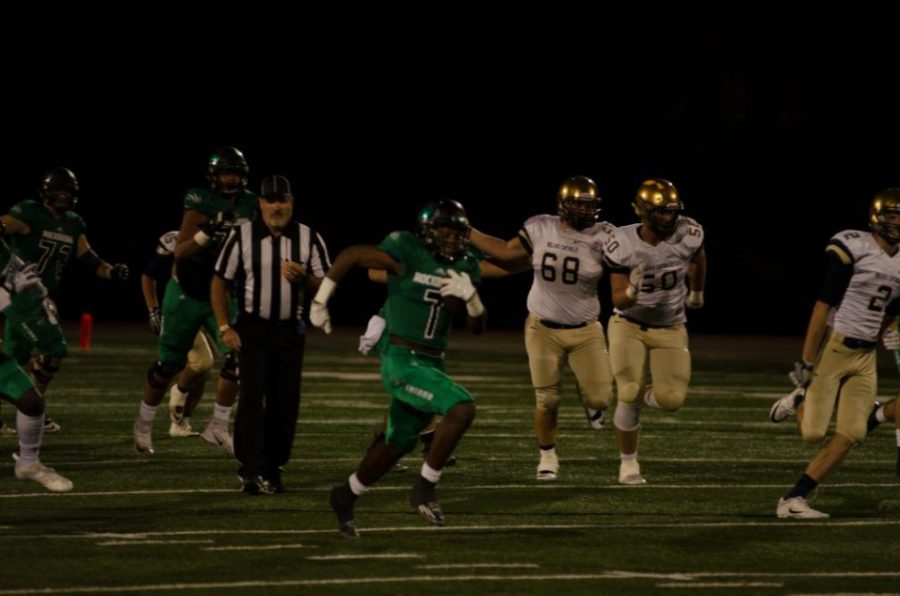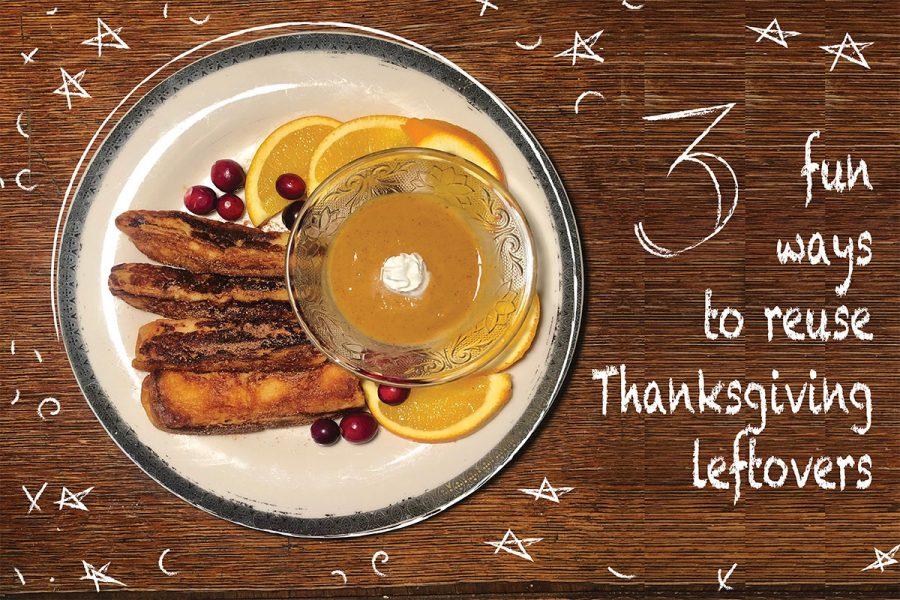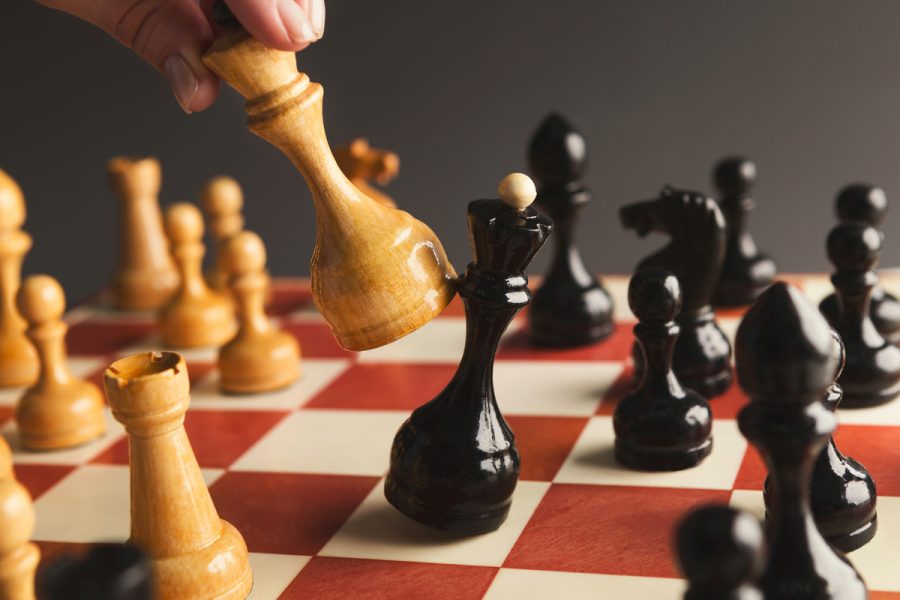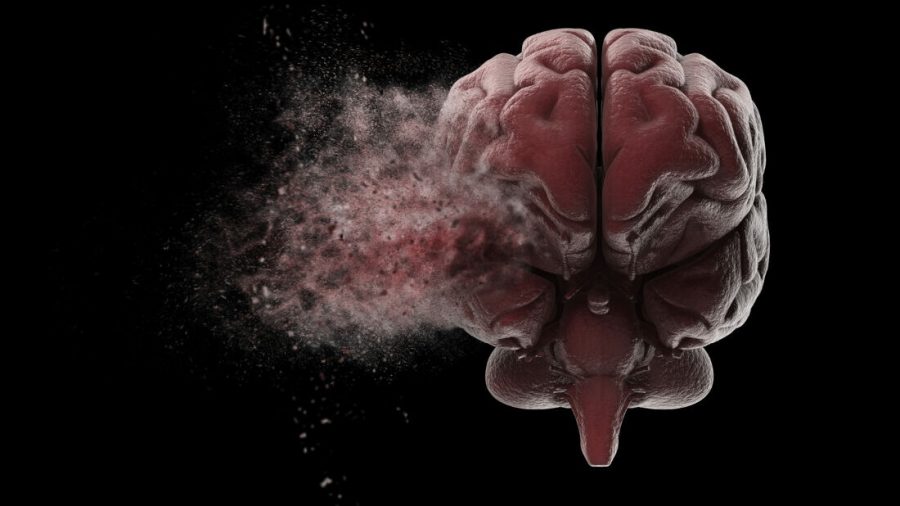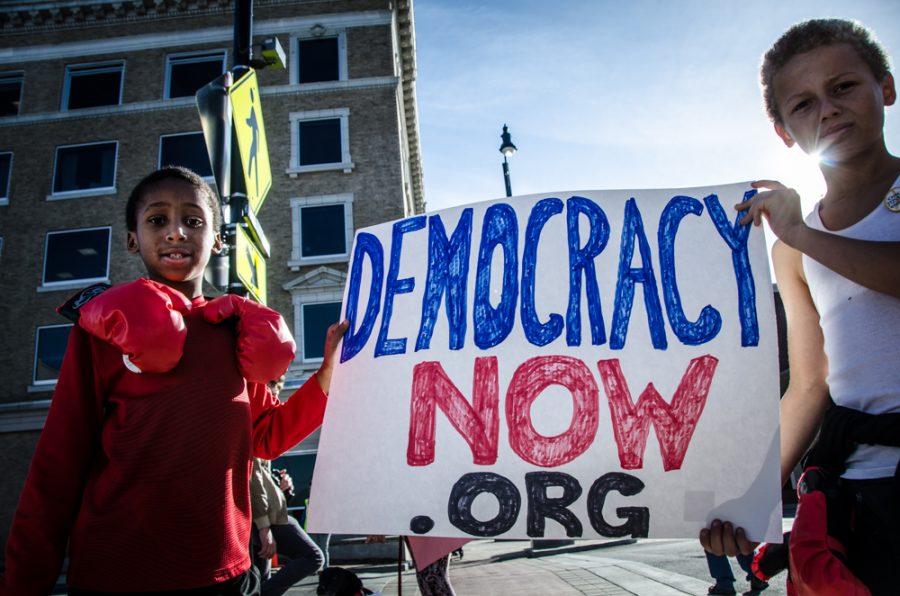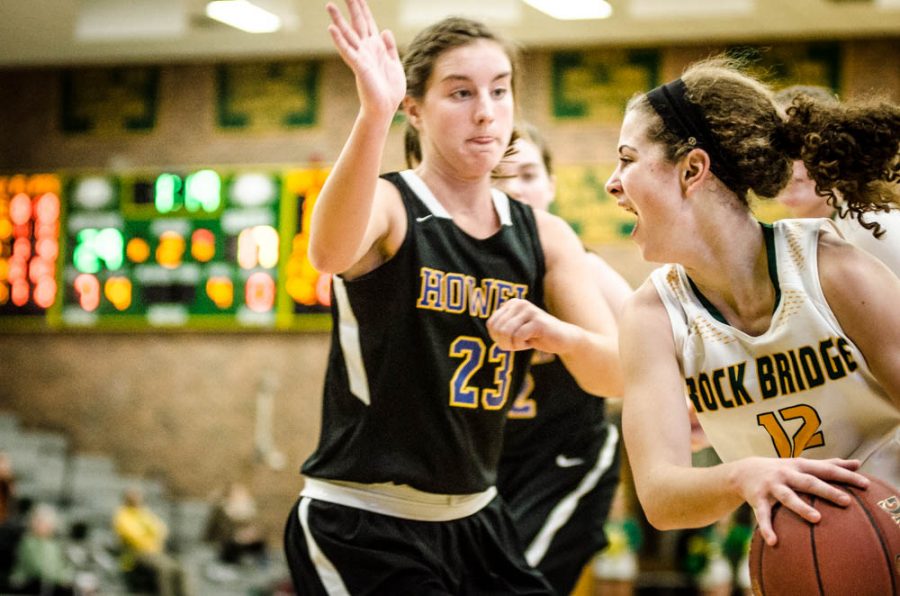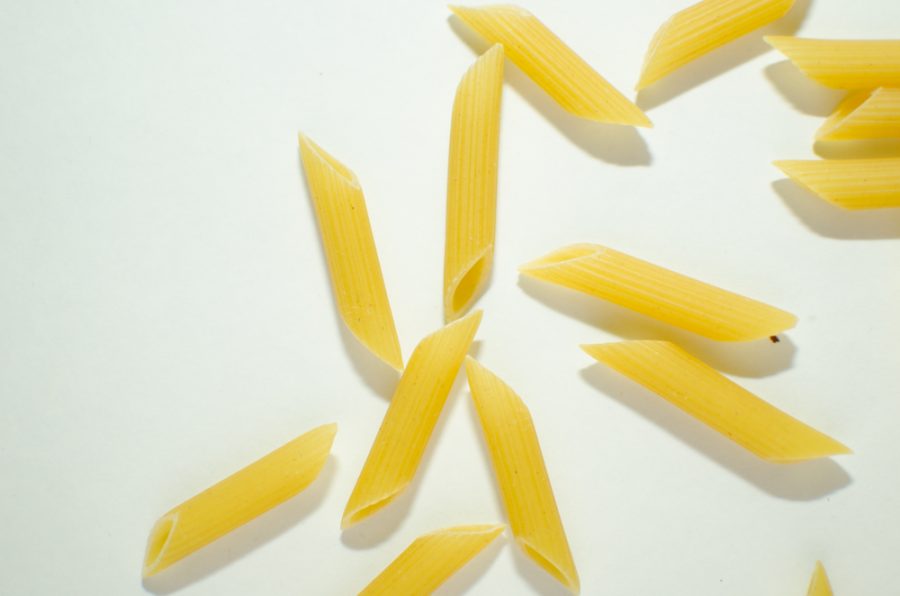Shooting sports games at a high school level can often be difficult due to poor lighting. In general, sporting events such as soccer and football take place at night well after sunset. Unless your high school football field has lighting as bright as professional stadium lights, you might find it difficult to get amazing photos from the game. This will be a quick guide you can use when going to shoot at a night game on a field. I’ll take your photos from looking like:
Additionally, my shutter speed was set to about 1/1000, meaning not much light could get in. While this might be important for sports such as tennis in which the ball is travelling at incredibly high speeds, it is not necessary when taking photos of football players as they do not move that fast. As you can see on the left, I was still able to stop all the motion without any motion blur, and had my shutter speed at 1/640, resulting in a beautifully lighted football action shot.
I also used a much higher ISO setting in the second photo, set to 3200. While this may seem high, as you can see from the photo, the grain is not noticeable after being put through editing software and was not incredibly noticeable before. If I needed an even higher shutter speed for a sport such as soccer, do not hesitate to push your ISO up to 4500.
The ISO you choose also depends on the aperture you are shooting with, which in turn depends on the lens you have access to. I was using a Nikon 80-200mm f/2.8 lens. This lens has a fixed aperture at 2.8 and doesn’t change no matter your focal length. The low aperture of this lens allows for much more light to come into the lens and offers a nice out of focus blur around the athlete.

When choosing a lens for a sport that takes place outside on a field, opt for one that has the lowest aperture but has a focal length that can reach up to at least 200mm in order to be able to capture the action close up. Remember, do not hesitate to increase ISO sensitivity if it means getting a properly lighted action shot.












































































